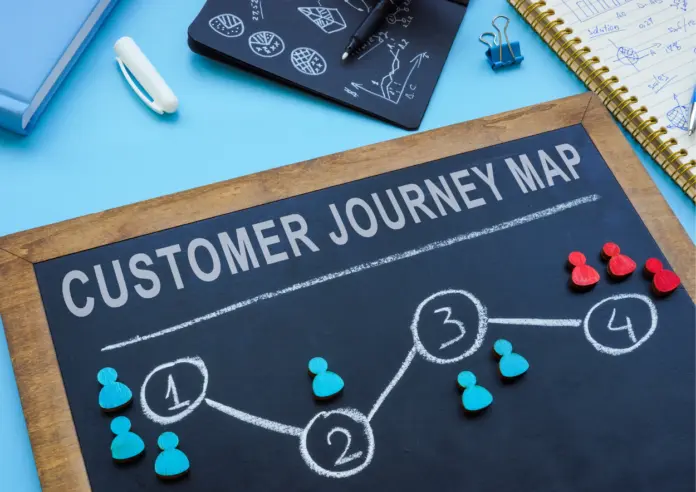Find the secrets to lead generation! This comprehensive guide explores Customer Journey Mapping, a powerful tool to understand your customers’ experiences and optimize your path to more leads. Table of contentsWhat is customer journey mapping?Why is customer journey mapping important?The stages of customer journey mappingHow to create a customer journey mapTools for optimizing customer journey…
RELATED ARTICLES
© NewInAsia.com 2025








